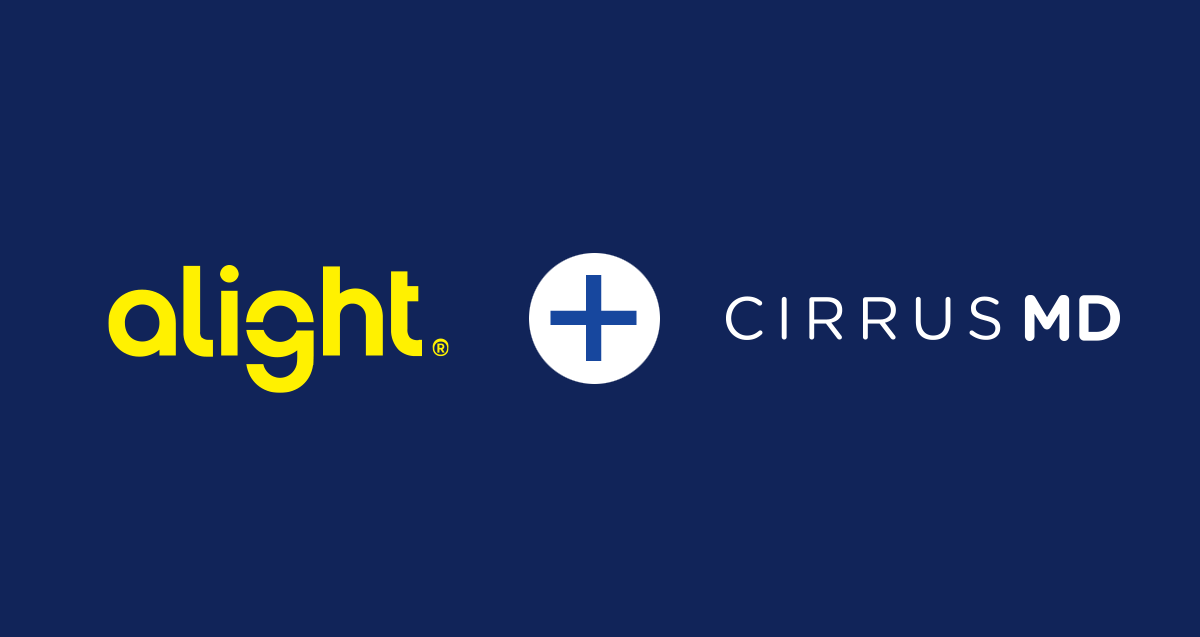
Text messaging is the primary modality for asynchronous virtual care, and is used across the care continuum by primary care providers, health systems, health insurance plans, and self-funded employers.
Synchronous virtual care versus Asynchronous virtual care
WHAT IS SYNCHRONOUS VIRTUAL CARE?
Synchronous virtual care happens in “real time," where two or more parties — often a clinician and a patient — are exchanging information with one another in the same moment. This often occurs via video conferencing that replicates the traditional bricks and mortar office visit.
Virtual care services that employ a synchronous care delivery model are often well-suited for patients with reliable access to broadband, with enough flexibility and control over their schedules to book an appointment, and who can secure a quiet, private space for their live video session.
Just as with a traditional doctor visit, however, real-time virtual care services that utilize phone calls or video visits may introduce some of the same inconveniences that patients experience from in-person visits, including:
- The need to schedule an appointment in advance for any health care services.
- Wasting time in a "virtual waiting room" queueing for the synchronous session to begin.
- The need for a private, quiet place to conduct the real-time interaction. Virtual care often requires that patients provide their health history, as well as other medical information that may be sensitive and confidential.
- The need for a reliable broadband connection to conduct the session.
WHAT IS ASYNCHRONOUS VIRTUAL CARE?
Asynchronous virtual care can refer to a few different use cases.
In one scenario, assets like a patient's health information, images regarding their condition, and reports can be forwarded to a physician and stored until the doctor has time to review them and render a diagnosis. This store-and-forward approach is popular with specialties like radiology, dermatology, and ophthalmology.
The more frequent scenario for asynchronous virtual care is text-based communication between a patient and a provider. Some virtual care services first require that patients interact with a chat bot or AI intake process, and then provide a preliminary diagnosis to a clinician to follow up on. Other asynchronous virtual care solutions like CirrusMD provide direct communication between patients and physicians.
The Benefits of Asynchronous Virtual Care
Text-based asynchronous virtual care can allow patients immediate access to healthcare professionals rather than requiring an appointment. This is particularly appealing to self-funded employers with "deskless workforces" whose work schedules or job functions don't easily enable them to participate in video visits. This includes industries such education, energy, heavy industry, retail and transportation.
Because text-based virtual care is immediate and direct, patients do not need to waste time in virtual waiting rooms.
As with any other text messaging, text-based exchanges between patients and clinicians at asynchronous virtual care services are discreet, and can be conducted on-the-go; even when surrounded by others, such as in a break room, on public transit, or waiting in line.
Text-based virtual care doesn't require a broadband connection. This is especially important in expanding access to healthcare for patients without reliable broadband, including rural residents, as well as Medicaid and Medicare populations.
CirrusMD’s Approach to Asynchronous Virtual Care
For all the reasons listed above, CirrusMD takes a “text-first” approach to providing virtual care. That means that all of our consultations start by text but can easily transition to video or audio sessions if necessary.
We find that the asynchronous nature of text-based virtual care enables our doctors to check back in (or have patients follow-up) in an organic way that doesn’t exist in any other modality. Patients are no longer constrained to one short window of time to communicate with a doctor, and healthcare professionals are no longer confined to a 15 minute consultation to render a diagnosis or care plan.
We take an integrated approach to care delivery.
Patients who need care are often unsure where to begin. Is their condition something a primary care doctor can address? Do they need a specialist? Should they go to an emergency department?
CirrusMD makes it easy. Patients begin their health encounter with a simple text message that immediately connects them with a board-certified physician who guides them to the right setting for care. If needed, CirrusMD physicians can direct patients to specialists or refer them to in-person care.
Video Transcript
[Narrator]
There’s a better way to access healthcare and that’s CirrusMD. Created on the belief that the care we need should be a text away on the devices we use every day. With access to a doctor in seconds. Just like this.
[Doctor texting with patient on screen]
“Hi Andrew, this is Dr. Donna Baldwin. How can I help you?”
[Narrator]
No appointments. No-time limits. No upfront paywalls. Just when you need it, wherever you need it. Where you can talk to a trusted human first. CirrusMD is a place where you can not only get clinical care but trusted guidance that you can come back to time after time. No matter what it’s for.
[Patient uploads a photo and sends to doctor]
“Okay. That rash looks very typical of hives.”
[Patient voice-over]
“I’ve never had hives before. What’s causing it? I’m definitely willing to try something then. I didn’t know my anxiety could lead to hives.”
[Product features flash on screen]
Primary Care, Medication Management, Specialty Care
[Patient holds up phone showing virtual care chat via text with a doctor]
Doctor: “Hives usually go away without treatment.”
Patient: “I didn;t know my anxiety could cause hives.”
Doctor: “Our psychiatrist Dr. Elishia Oliva is now available, would you like me to transfer you?”
Patient: “Yes, please!”
[Narrator]
It’s a secure place to text, share images, or have a video call so your doctor can give the best care fast. From simple care plans to follow-ups, so you know everything is okay. Because when life is complicated your healthcare shouldn’t be.
CirrusMD. Simple, effective care when you need it.





